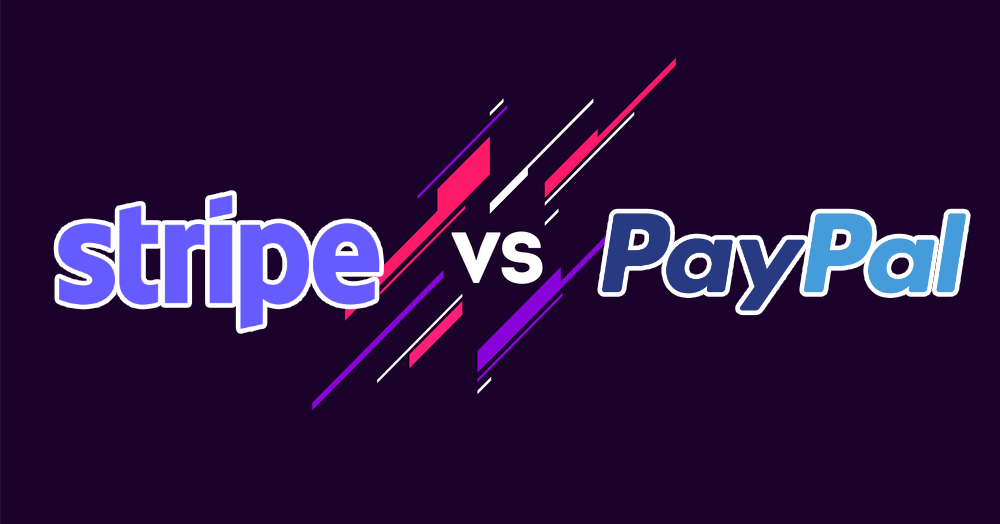Category: STRIPE
-
GetStripeBack – Accepting Payments After Shutdown
If you’re reading this, you may have just experienced the shock and frustration of having your Stripe account shut down unexpectedly. One moment, you were processing payments and running your online business smoothly. The next, you found yourself locked out of your account, unable to accept payments or access your funds. As a business owner,…
Written by

-
Stripe’s $1.1 Billion Acquisition of Bridge
The Stripe Bridge acquisition not only marks the largest deal in the crypto industry to date but supports the mainstream adoption of cryptocurrencies. Read more about the acquisition and what it means for your checkout, whether you use Stripe or not. ACCEPT CRYPTO PAYMENTS TODAY Why It Matters Stripe’s acquisition of Bridge demonstrates its strong…
Written by

-
Stripe vs PayPal: Pros, Cons, Best Use Cases
Choosing the right payment processor can make or break your business. Two giants stand out in this arena: Stripe and PayPal. These powerhouses have revolutionized online payments, making it easier than ever for businesses to accept money from customers worldwide and for customers to pay in a flash. But which one should you choose—or should…
Written by

-
Stripeholdingfunds! How to Survive When Stripe Withholds Funds
Stripe powers millions of online businesses, processing billions in transactions annually. As a vital cog in the e-commerce machine, it is a powerful player in moving money from your customers to you. But sometimes, this process hits a snag when Stripe decides to hold onto your funds. Understanding why Stripe holds funds and how to…
Written by

-
Stripe Paused Payouts: Why and How to Save Your Business
Stripe is a powerful payment processing platform that allows businesses to accept various payment methods online. It’s incredibly popular among ecommerce companies, SaaS providers, and more—which are the types of businesses that should avoid it! Why? Because sometimes Stripe puts a hold on your payouts. This means the money from your sales doesn’t reach your…
Written by
